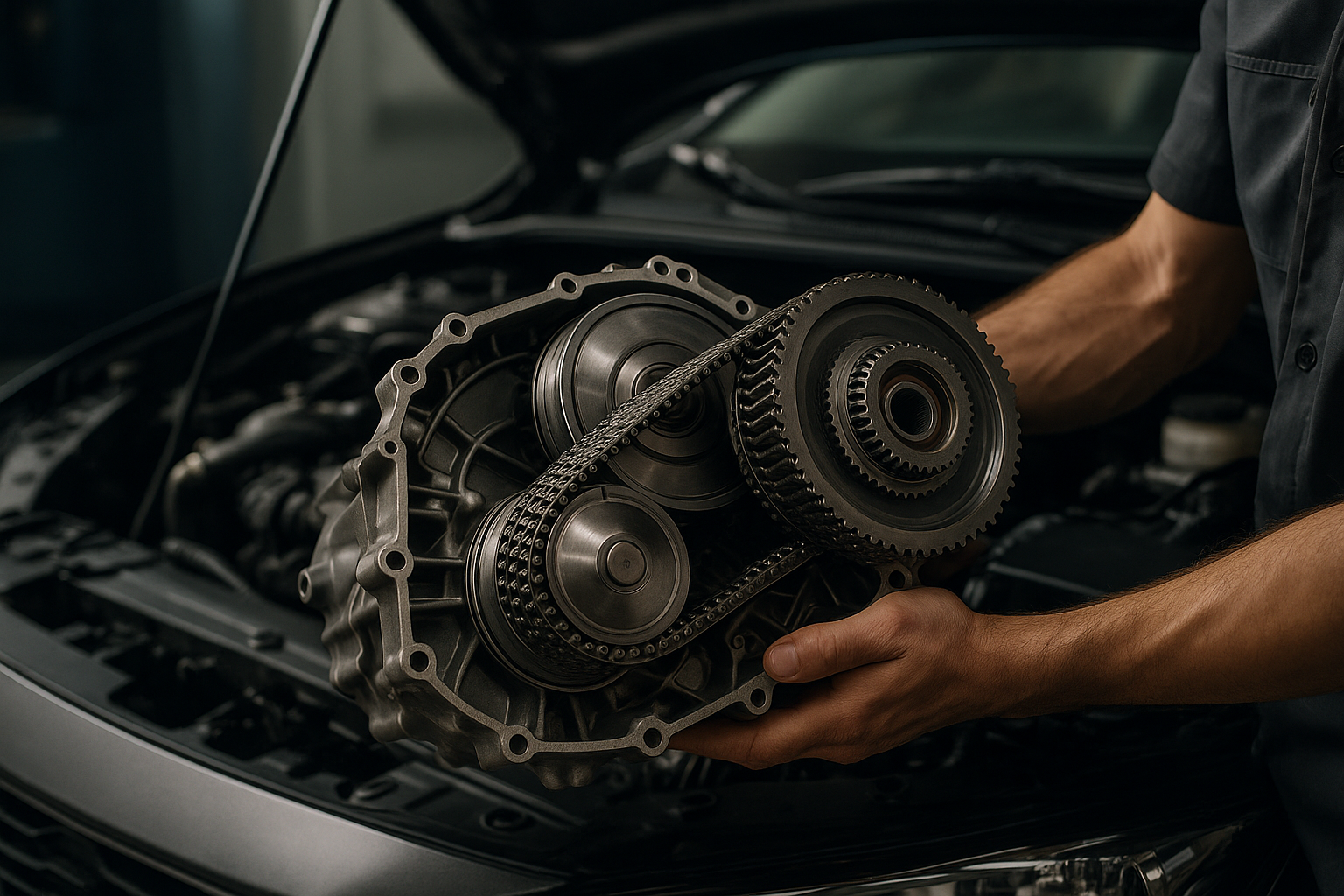How to Choose a Carport: Essential Guide to Protecting Your Vehicle in 2025
Selecting the right carport involves evaluating materials, size requirements, local weather conditions, and installation considerations. A well-chosen carport provides essential vehicle protection while adding value to your property. Understanding different carport types, from aluminum to steel structures, helps ensure you make an informed decision that meets your specific needs and budget constraints.

Vehicle protection has become increasingly important as extreme weather events become more frequent across the United States. A carport offers an affordable alternative to a full garage while providing essential shelter for your car, truck, or recreational vehicle. Whether you’re dealing with harsh sun, hail, snow, or wind, the right carport can significantly extend your vehicle’s lifespan and maintain its appearance.
Understanding Carport Types
Carports come in several distinct categories, each designed for specific needs and budgets. Metal carports, typically made from aluminum or steel, offer durability and low maintenance requirements. Aluminum structures resist rust naturally and work well in coastal areas, while steel carports provide superior strength for areas with heavy snow loads or high winds.
Wood carports blend seamlessly with residential architecture and can be customized extensively. However, they require regular maintenance including staining or painting every few years. Fabric carports offer temporary protection and portability, making them ideal for renters or seasonal use.
Attached carports connect directly to your home, sharing a wall and often extending the existing roofline. Freestanding carports provide flexibility in placement and don’t require modifications to your home’s structure. The choice between these options depends on your property layout, local building codes, and personal preferences.
Benefits of Carports
Carports deliver numerous advantages beyond basic weather protection. UV radiation causes paint fading, interior cracking, and dashboard deterioration over time. A carport blocks harmful rays, preserving your vehicle’s appearance and resale value.
Temperature regulation represents another significant benefit. Cars parked under carports stay cooler in summer, reducing air conditioning strain and making vehicles more comfortable to enter. In winter, covered vehicles experience less frost accumulation and easier cold-weather starting.
Carports also protect against environmental hazards like bird droppings, tree sap, and falling branches. These elements can cause permanent damage to paint and glass surfaces. Additionally, carports provide convenient covered space for vehicle maintenance, loading groceries during rain, or storing outdoor equipment.
The financial benefits include reduced car wash frequency, decreased interior wear, and potentially lower insurance premiums in areas prone to hail damage. Many homeowners find carports increase property value while costing significantly less than garage construction.
How to Choose a Suitable Carport
Selecting the right carport requires careful consideration of multiple factors. Start by measuring your vehicles and planning for future needs. A single-car carport typically measures 12x20 feet, while double-car versions require 20x20 feet or larger. Add extra space for door opening and walking around the vehicle.
Local climate conditions heavily influence material selection. Areas with heavy snowfall need stronger roof structures and steeper pitches for snow shedding. Coastal regions benefit from corrosion-resistant materials like aluminum or galvanized steel. High-wind areas require additional anchoring and potentially enclosed sides.
Building codes and homeowner association rules vary significantly by location. Many areas require permits for permanent structures, while others have restrictions on height, setbacks, or architectural styles. Research local requirements before making any decisions to avoid costly modifications later.
Budget considerations extend beyond initial purchase price. Factor in site preparation costs, concrete pad installation, electrical work for lighting, and ongoing maintenance expenses. Quality materials cost more upfront but often provide better long-term value through durability and reduced maintenance needs.
| Carport Type | Provider | Size Options | Cost Estimation |
|---|---|---|---|
| Steel Carport | Versatube | 12x20 to 30x40 ft | $1,200 - $4,500 |
| Aluminum Carport | ShelterLogic | 10x15 to 20x24 ft | $800 - $3,200 |
| Wood Carport | Custom Local Builders | Variable sizing | $2,500 - $8,000 |
| Fabric Carport | King Canopy | 10x20 to 20x30 ft | $300 - $1,500 |
Prices, rates, or cost estimates mentioned in this article are based on the latest available information but may change over time. Independent research is advised before making financial decisions.
Carport Installation Tips
Proper installation ensures your carport performs effectively and lasts for decades. Site preparation begins with selecting level ground with adequate drainage. Avoid low-lying areas where water accumulates, and ensure proper slope away from the structure.
Foundation options include concrete slabs, gravel pads, or ground anchors depending on your carport type and local conditions. Concrete provides the most stable base but costs more and requires professional installation. Gravel offers good drainage and easier installation while ground anchors work well for temporary or portable carports.
Assembly typically requires basic tools and two or more people for safety. Follow manufacturer instructions carefully, paying special attention to anchor bolt placement and roof panel alignment. Many homeowners successfully complete installation themselves, though complex or large structures may benefit from professional help.
Electrical considerations include lighting for nighttime use and potential electric vehicle charging stations. Plan electrical runs during initial construction to avoid costly modifications later. Consider motion-activated LED lights for energy efficiency and convenience.
Regular maintenance keeps carports functioning properly. Inspect and tighten bolts annually, clear debris from roof panels, and check for rust or damage. Address small issues promptly to prevent larger problems and extend structure lifespan.
Choosing the right carport involves balancing protection needs, budget constraints, and local conditions. Quality materials and proper installation provide years of reliable vehicle protection while adding value to your property. Take time to research options thoroughly and consider long-term needs when making your final decision.




